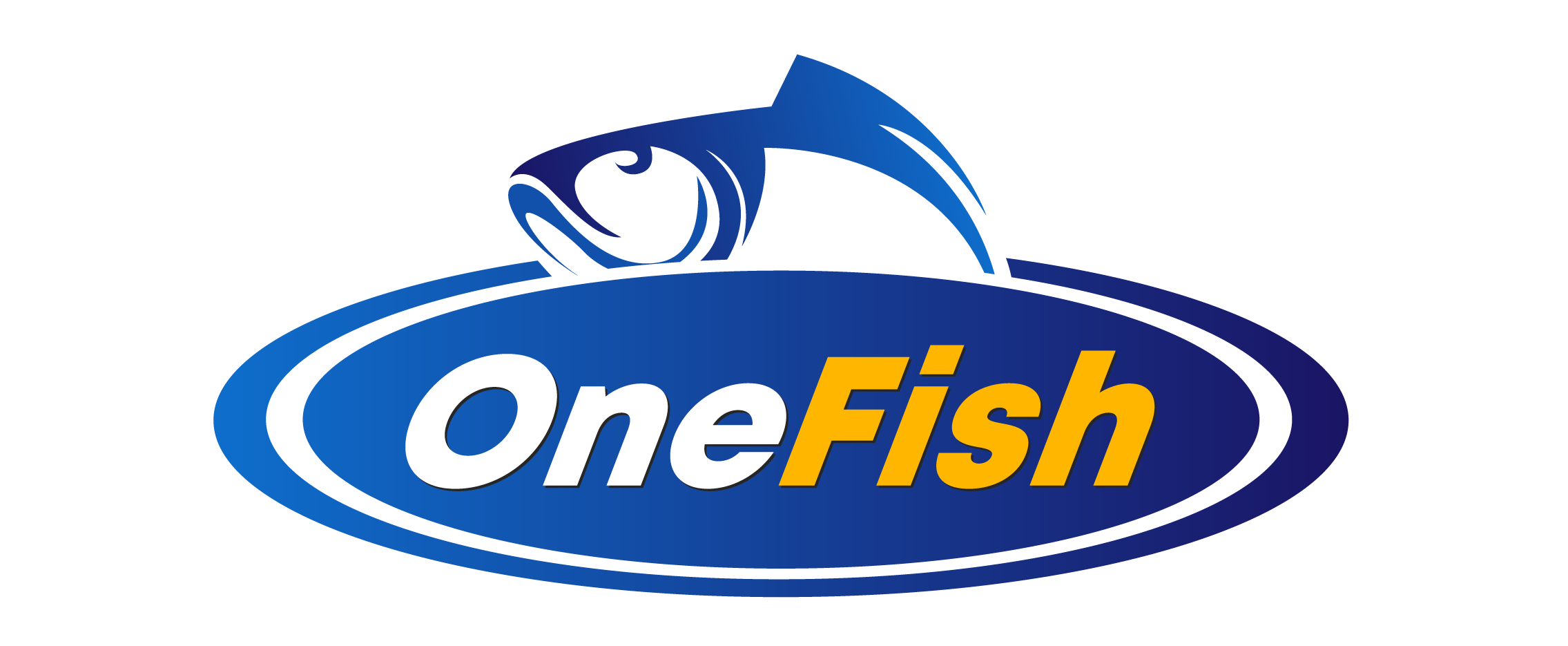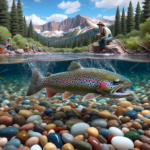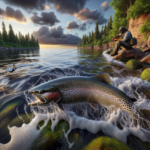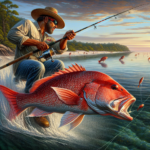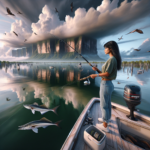Snapper Fishing in Louisiana’s Coastal Waters
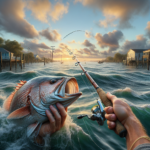
Introduction
Did you know that Louisiana’s coastal waters are home to some of the most abundant and diverse snapper populations in the United States? Whether you’re a seasoned angler or a novice looking to cast your first line, snapper fishing in Louisiana offers an exhilarating experience. This article will delve into the best fishing techniques, prime locations, and essential gear for snapper fishing in Louisiana’s coastal waters. We’ll also cover seasonal considerations, local regulations, and tips to make your fishing trip both successful and enjoyable.
Understanding the intricacies of snapper fishing in Louisiana is crucial for anyone looking to make the most of their fishing adventure. From identifying the best fishing spots to mastering the right techniques, this guide aims to equip you with all the knowledge you need.
Background/Context
Historical or Cultural Significance
Snapper fishing has long been a part of Louisiana’s rich cultural heritage. The state’s coastal waters have been a vital source of livelihood for local communities for generations. Historically, red snapper has been one of the most sought-after species, prized for its delicious taste and challenging catch. The tradition of snapper fishing is deeply embedded in the local culture, with numerous festivals and events celebrating this beloved activity.
Geographical Overview
Louisiana’s coastal waters are characterized by a unique blend of estuaries, bays, and offshore reefs, creating an ideal habitat for various snapper species. The region’s warm climate and nutrient-rich waters support a diverse marine ecosystem. Key areas for snapper fishing include the Gulf of Mexico, Barataria Bay, and the Chandeleur Islands. These locations offer a mix of shallow and deep-water fishing opportunities, catering to different skill levels and preferences.
Key Points/Details
Fishing Techniques
Technique Overview
Several techniques are effective for snapper fishing in Louisiana, including bottom fishing, trolling, and jigging. Bottom fishing is the most common method, involving dropping baited hooks to the ocean floor where snappers are likely to be found. Trolling involves dragging lures or baited hooks behind a moving boat, while jigging uses a weighted lure that is jerked up and down to attract fish.
When and Where to Use
Bottom fishing is best suited for reef areas and structures where snappers congregate. Trolling is effective in open waters and along drop-offs, while jigging works well in both shallow and deep waters. The best time for snapper fishing is during the warmer months, from late spring to early fall, when snappers are most active.
Recommended Gear
- Rods: Medium to heavy-action rods are ideal for snapper fishing.
- Reels: Conventional or spinning reels with a high line capacity.
- Lines: Braided lines with a test strength of 30-50 pounds.
- Bait: Live bait such as shrimp, squid, and small fish, or artificial lures like jigs and soft plastics.
Species Information
Species Overview
The most commonly targeted snapper species in Louisiana include red snapper, mangrove snapper, and lane snapper. Red snapper is known for its vibrant red color and is typically found near reefs and structures. Mangrove snapper, also known as gray snapper, prefers shallow waters and mangrove-lined shores. Lane snapper is smaller and often found in sandy or grassy areas.
Best Practices
To successfully catch snapper, it’s essential to use the right bait and techniques. Live bait is generally more effective, but artificial lures can also work well. Pay attention to the water depth and structure, as snappers tend to congregate around reefs, wrecks, and other underwater structures. Early morning and late afternoon are the best times to fish, as snappers are more active during these periods.
Location Information
Top Fishing Spots
- Gulf of Mexico: Known for its abundant snapper population, especially around offshore oil rigs and artificial reefs.
- Barataria Bay: Offers excellent inshore fishing opportunities, particularly for mangrove snapper.
- Chandeleur Islands: A prime location for both red and lane snapper, with easy access to deep-water fishing.
Regulations and Licenses
Before heading out, it’s crucial to familiarize yourself with local fishing regulations. In Louisiana, anglers need a valid fishing license, which can be obtained online or at local retailers. There are also specific regulations regarding catch limits, size limits, and seasonal restrictions for snapper fishing. For example, the red snapper season is typically open from June to August, with a daily bag limit of two fish per person.
Seasonal Considerations
Seasonal Variations
Fishing conditions in Louisiana’s coastal waters can vary significantly throughout the year. During the warmer months, snappers are more active and easier to catch. In contrast, colder months may require more patience and different techniques. Weather conditions, such as hurricanes and tropical storms, can also impact fishing opportunities, so it’s essential to stay informed about local weather forecasts.
Best Times to Fish
The optimal time for snapper fishing in Louisiana is from late spring to early fall. Early morning and late afternoon are the best times of day, as snappers are more likely to be feeding during these periods. Tidal movements can also influence snapper activity, with rising and falling tides often providing the best conditions.
Events and Tournaments
Event Overview
Louisiana hosts several fishing tournaments and events throughout the year, attracting anglers from all over the country. The Grand Isle Tarpon Rodeo, held in July, is one of the oldest and most popular fishing tournaments in the state. The event features various categories, including snapper fishing, and offers prizes for the largest catches.
Preparation Tips
To prepare for a fishing tournament, it’s essential to practice your techniques and familiarize yourself with the tournament rules. Make sure your gear is in top condition and pack extra supplies, such as bait, lines, and hooks. Arrive early to secure a good fishing spot and take advantage of any pre-tournament briefings or workshops.
Tips and Best Practices
General Tips
- Always check the weather forecast before heading out.
- Use a fish finder to locate underwater structures and reefs.
- Be patient and persistent; snapper fishing can require time and effort.
Avoid Common Mistakes
- Using the wrong bait: Live bait is generally more effective for snapper fishing.
- Ignoring local regulations: Make sure to follow all fishing regulations to avoid fines and penalties.
- Fishing at the wrong time: Early morning and late afternoon are the best times for snapper fishing.
Advanced Techniques
- Chumming: Use a chum bag to attract snappers to your fishing spot.
- Drift fishing: Allow your boat to drift over reefs and structures while dropping baited hooks.
- Vertical jigging: Use a heavy jig and vertical movements to entice snappers in deeper waters.
Gear and Equipment Recommendations
Essential Gear
- Medium to heavy-action rods
- Conventional or spinning reels
- Braided lines (30-50 pounds test strength)
- Live bait (shrimp, squid, small fish)
- Artificial lures (jigs, soft plastics)
Optional Gear/Upgrades
- Fish finder
- Chum bag
- Extra hooks and lines
- Fishing gloves
- Tackle box
Where to Buy or Rent
Local bait and tackle shops in Louisiana offer a wide range of fishing gear and equipment. Some popular options include Chag’s Sporting Goods in Metairie, Puglia’s Sporting Goods in Metairie, and Cabela’s in Gonzales. Online retailers like Bass Pro Shops and Amazon also provide a variety of fishing gear and accessories.
Safety and Conservation
Safety Tips
- Always wear a life jacket when on a boat.
- Check the weather forecast and avoid fishing during storms or rough seas.
- Stay hydrated and protect yourself from the sun with sunscreen and appropriate clothing.
- Inform someone of your fishing plans and expected return time.
Conservation Practices
- Practice catch and release to help maintain snapper populations.
- Follow local fishing regulations and catch limits.
- Avoid damaging underwater structures and reefs.
- Dispose of fishing lines and hooks properly to prevent harm to marine life.
Planning Your Trip
Accommodations
Several accommodations are available near popular fishing spots in Louisiana. Options range from hotels and motels to vacation rentals and campgrounds. Some recommended places to stay include the Grand Isle State Park, which offers camping facilities, and various hotels in New Orleans, such as the Hilton New Orleans Riverside and the French Quarter Inn.
Travel Tips
Louisiana’s coastal fishing spots are accessible by car, with major highways connecting to key locations. If you’re flying in, the Louis Armstrong New Orleans International Airport is the nearest major airport. Renting a car is advisable for easy access to different fishing spots. Make sure to check local traffic conditions and plan your route in advance.
Additional Activities
In addition to fishing, Louisiana offers a variety of activities for visitors. Explore the vibrant culture and cuisine of New Orleans, visit the historic plantations along the Mississippi River, or take a swamp tour to see the state’s unique wildlife. These activities make Louisiana an excellent destination for families and groups.
Frequently Asked Questions (FAQs)
Do I need a fishing license to fish for snapper in Louisiana?
Yes, a valid fishing license is required for snapper fishing in Louisiana. Licenses can be obtained online or at local retailers.
What is the best time of year for snapper fishing in Louisiana?
The best time for snapper fishing is from late spring to early fall, with early morning and late afternoon being the optimal times of day.
What type of bait should I use for snapper fishing?
Live bait such as shrimp, squid, and small fish is generally more effective for snapper fishing. Artificial lures like jigs and soft plastics can also work well.
Are there any local fishing tournaments I can participate in?
Yes, Louisiana hosts several fishing tournaments throughout the year, including the Grand Isle Tarpon Rodeo in July, which features snapper fishing categories.
Conclusion
Snapper fishing in Louisiana’s coastal waters offers an exciting and rewarding experience for anglers of all skill levels. By understanding the best techniques, prime locations, and essential gear, you can maximize your chances of a successful catch. Remember to follow local regulations, practice conservation, and prioritize safety to ensure a memorable and enjoyable fishing adventure. Whether you’re a local or a visitor, Louisiana’s rich fishing heritage and diverse marine ecosystem make it a top destination for snapper fishing.
